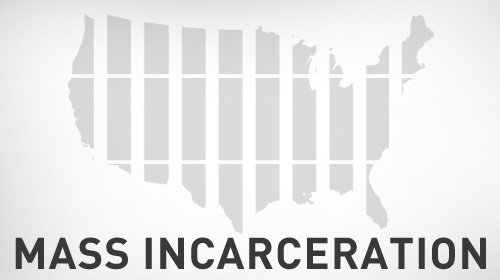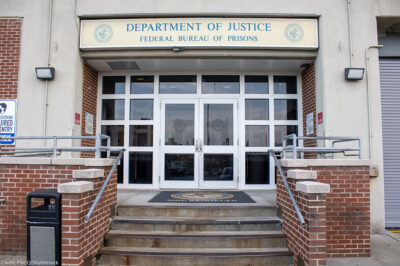
Last month, Congressmen Sensenbrenner and other members of the House Judiciary Committee announced a task force to address the ever increasing scope and breathe of the federal criminal system. This news drew cheers from activists, policy wonks and lobbyists all across the nation and the political spectrum, including many at the ACLU. Now, after the task force’s first public hearing last Friday, the initial optimism has turned towards a renewed effort to push the task force to address the true culprits of over-criminalization and over-incarceration.
The most popular topics at the hearing—government over-regulation and the absence of a criminal intent requirement in many laws—are worth addressing and a good start. We’ve all heard the stories of people sent to prison for bizarre and unnecessary reasons, like the father and son in Florida who were jailed for 21 months due to a retroactive ruling by the EPA against putting sand in the foundation of homes in the Wetlands. But the abundance of new federal crimes is not what drives the soaring number of federal prisoners.
Focusing solely on those topics will limit the task force’s ability to reform a criminal justice system that is unjust, unnecessarily large, and excessively expensive. To address federal prisons running 40% over-capacity and correctional budgets exceeding $75 billion annually, they must look to fixing the school-to prison pipeline, explosions in mandatory minimums sentences, and excessively harsh drug sentences.
Data from the Bureau of Prisons reveals that almost 50% of the federal prison population is serving drug-related sentences, with another 12% for immigration offenses. Defendants prosecuted for fraud, non-fraud white collar, and all “other crimes” constitute less than one-quarter of the federal prison population.
Not only are there more drug related defendants in prison, but they often serve longer sentences due to mandatory minimums. Sixty percent of federal drug offenders in 2012 received a mandatory sentence, with almost one-third receiving a minimum of 10 years.
When Congress enacted mandatory minimum sentences for federal drug offenders in the 1980s, it intended those sentences to punish major traffickers and kingpins. Yet, since sentences are triggered by drug quantities involved in the offense rather than by role in drug hierarchies, even low-level offenders receive them. Almost two-thirds of low-level offenders received a mandatory minimum sentence, averaging around 77 months per person.
The school-to-prison pipeline is also to blame for the explosive growth of the federal system. By putting police inside school walls and criminalizing non-criminal, juvenile misbehavior, the pipeline funnels young people under 18 into adult prisons. It goes without saying that kids with a juvenile arrest record are far more likely than their peers to struggle in school, face more juvenile charges, and face adult criminal penalties.
Yes, we can start on unneeded regulation, the overly complicated structure of federal law, and laws without a criminal intent component—as long as we don’t end there. To fix what has truly run awry in the federal justice system, the task force must focus on the most prolific problems of our ‘incarceration nation.’
We hope that members of the Task Force, who plan on presenting the full House Judiciary Committee with recommendation after 6 months, will take this time to examine the full depths of the federal justice system and present the committee with ideas to address the biggest problems.
Learn more about mass incarceration and other civil liberty issues: Sign up for breaking news alerts, follow us on Twitter, and like us on Facebook.


